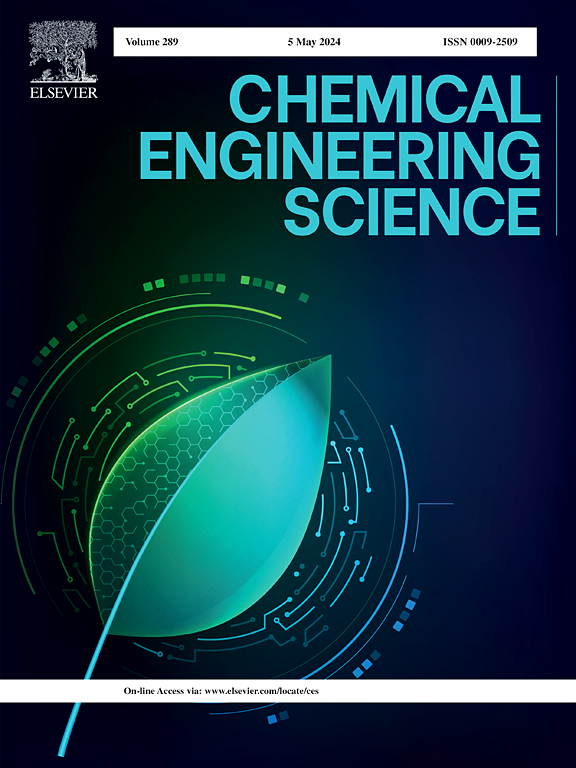Inherently evolved Cr-riveted protective film on stainless steel enabling stable seawater splitting
IF 4.3
2区 工程技术
Q2 ENGINEERING, CHEMICAL
引用次数: 0
Abstract
Hydrogen production by seawater electrolysis faces challenges due to chloride-induced corrosion, necessitating expensive titanium anodes. Thus, a low-cost, high performance, and robust catalyst is urgently needed. Herein, we report a chromic acid-induced oxidation strategy to form an iron doped α-Ni(OH)2 protective film on stainless steel substrate (SS) to obtain the SS-Cr-Ox catalyst. The iron doped α-Ni(OH)2 could further inherently evolve into the dense iron doped γ-NiOOH film with the leaching metal species of SS substrate. Cr species promotes the riveting of γ-NiOOH film with the passivating layer of SS, while the SS skeleton also contributes to the great stability of SS-Cr-Ox. Therefore, the SS-Cr-Ox could stably operate for ∼100 h at 200 mA cm−2 in the 0.1 M KOH + 0.6 M NaCl, and 75 h at 2 A cm−2 in 1 M KOH + 2 M NaCl, far superior to the bare SS substrate and unriveted SS-NiFeCr catalyst.

内置进化的铬铆接不锈钢保护膜,使海水稳定分裂
由于氯化物引起的腐蚀,海水电解制氢面临挑战,需要昂贵的钛阳极。因此,迫切需要一种低成本、高性能、坚固耐用的催化剂。本文报道了铬酸诱导氧化策略,在不锈钢衬底(SS)上形成铁掺杂α-Ni(OH)2保护膜,以获得SS- cr - ox催化剂。铁掺杂α-Ni(OH)2可以随着SS底物的浸出金属种类进一步内在演化成致密的铁掺杂γ-NiOOH膜。Cr种促进了γ-NiOOH膜与SS钝化层的铆接,而SS骨架也有助于SS-Cr- ox具有较高的稳定性。因此,SS-Cr-Ox可以稳定运行在200∼100 h 马厘米−2 0.1 M KOH + 0.6 M氯化钠,和75年 h 2 厘米−2 1 M KOH + 2 M氯化钠,远远优于裸不锈钢衬底和起铆钉SS-NiFeCr催化剂。
本文章由计算机程序翻译,如有差异,请以英文原文为准。
求助全文
约1分钟内获得全文
求助全文
来源期刊

Chemical Engineering Science
工程技术-工程:化工
CiteScore
7.50
自引率
8.50%
发文量
1025
审稿时长
50 days
期刊介绍:
Chemical engineering enables the transformation of natural resources and energy into useful products for society. It draws on and applies natural sciences, mathematics and economics, and has developed fundamental engineering science that underpins the discipline.
Chemical Engineering Science (CES) has been publishing papers on the fundamentals of chemical engineering since 1951. CES is the platform where the most significant advances in the discipline have ever since been published. Chemical Engineering Science has accompanied and sustained chemical engineering through its development into the vibrant and broad scientific discipline it is today.
 求助内容:
求助内容: 应助结果提醒方式:
应助结果提醒方式:


